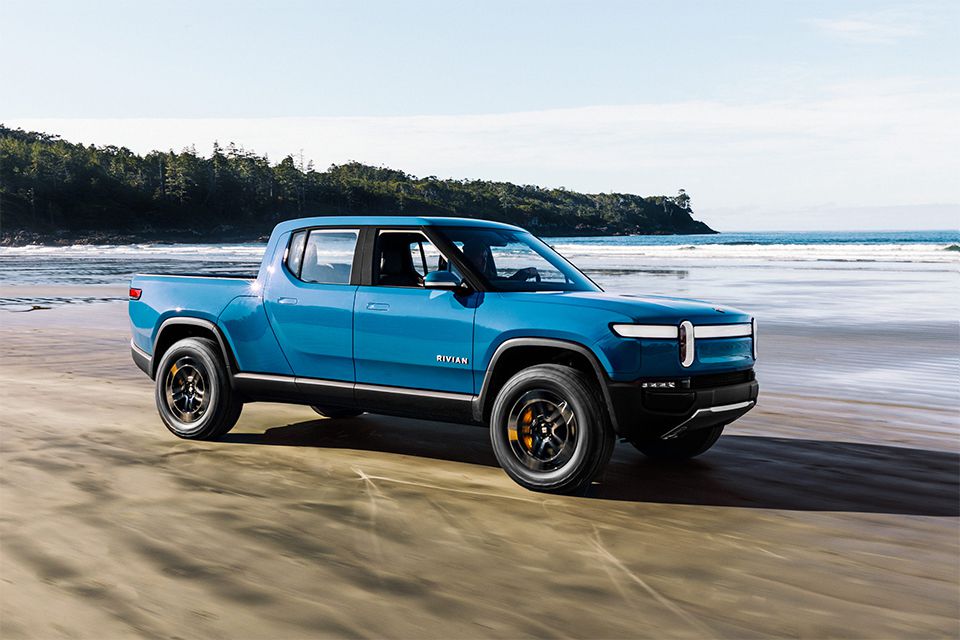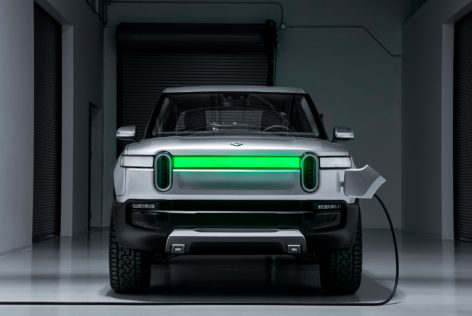Rivian is getting ready to release its R1T and R1S models and to make sure they are ready for adventure, the company is busy building out charging stations in places adventurers like to go.
Unlike some electric vehicle manufacturers that rely on third parties, Rivian is taking things into their own hands when it comes to finding charging spots for its customers, which it is calling the Rivian Adventure Network. The first one is billed for Salida in Colorado, a place frequented by people seeking outdoor activities. This ties in nicely with the Rivian brand, which is being promoted as adventurous.
Last year, it was revealed that company had plans to adopt the Tesla approach of building out its own network of chargers. The company believes that having its own network is crucial at this stage because it will allow it to control the ownership experience from top to bottom, so as to build consumer confidence.

This however does not mean future Rivian owners won’t be able to charge at 3rd party facilities. Rivian is not using proprietary tech for its chargers, unlike Tesla, so their customers will still be able to make use of networks like EVGo, ChargePoint and Electrify America.
Regarding the option of going with 3rd party network, founder and CEO of Rivian, RJ Scaringe explained:
“The challenge is we don’t control those networks, so the payments platforms, the uptime, the performance, the ability to reserve a charger — all those things that take the friction of charging away — we don’t truly control. With the Rivian Adventure Network, we have 100% control of that; we get to know what vehicles are charging or how they’re charging, the rates. We can be really creative in terms of locations, so it can allow us to get to places that are very specific and unique to Rivian.”

Rivian is not focusing on adventurous spots only however. The startup will also target locations that are off highways in what is a two-way approach: provide hubs both for when charging speed is important and when it is not. Interstate drivers who are in a hurry to continue their trip will get to charge fast, while drivers going off on a hike can leave their cars behind to charge at a sedate pace in their absence. The former will be able to give 140 miles in 20 minutes.
What remains to be seen is whether electric vehicles from competing brands will be able to use Rivian chargers.
The R1T pickup truck and R1S SUV are expected to be available by June. Both will have a range of more than 300 miles. More trims are in the pipeline.